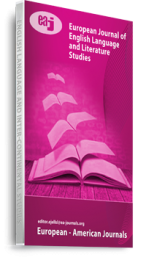This paper examines how the Kenyan writer H.R. Ole Kulet portrays female characters vis-à-vis Maasai traditional practices in Blossoms of the Savannah and Daughter of Maa. It proceeds from the premise that characterization plays a pivotal role in depicting the place and role of particular characters in a work of art. For instance, the roles assigned to certain characters in the work of art reflect on their cultural position in the society. It is in this way, the paper examines female characters in the two texts aiming to show how the author portrays cultural conflicts in regard to their positions and roles in the society. From a close reading of the text, it is evident that these characters help to bring out cultural conflicts in the Maasai community. Some of them are either rebelling against traditional cultural practices as they embrace modernity while others are defending the traditional cultural practices as they oppose modernity. This paper contributes useful data on the role of literature in inspiring social consciousness on gender and development issues.
Keywords: Blossoms, Daughter, Female Characters, H.R. Ole Kulet, Maa, Maasai Traditional Cultural Practices, Portrayal, Savannah

